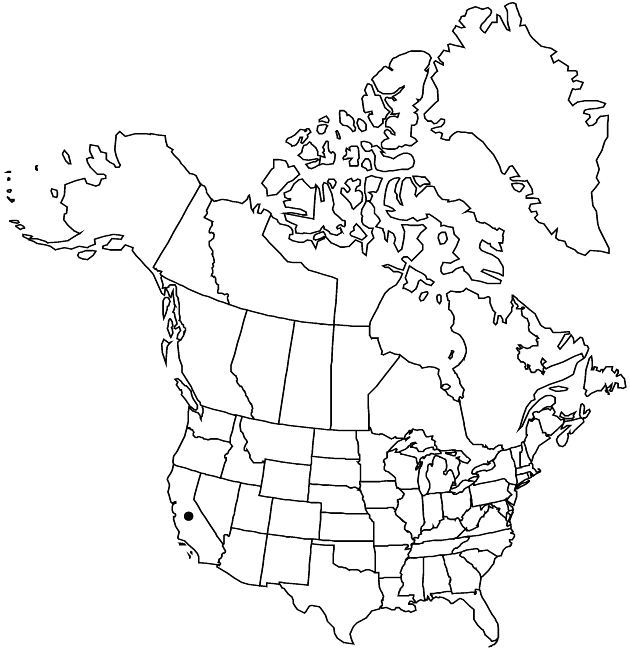Difference between revisions of "Senecio blochmaniae"
Erythaea 1: 7. 1893.
FNA>Volume Importer |
FNA>Volume Importer |
||
| Line 32: | Line 32: | ||
-->{{#Taxon: | -->{{#Taxon: | ||
name=Senecio blochmaniae | name=Senecio blochmaniae | ||
| − | |||
|authority=Greene | |authority=Greene | ||
|rank=species | |rank=species | ||
| Line 47: | Line 46: | ||
|publication year=1893 | |publication year=1893 | ||
|special status= | |special status= | ||
| − | |source xml=https://jpend@bitbucket.org/aafc-mbb/fna-data-curation.git/src/ | + | |source xml=https://jpend@bitbucket.org/aafc-mbb/fna-data-curation.git/src/eaa6e58056e40c9ef614d8f47aea294977a1a5e9/coarse_grained_fna_xml/V19-20-21/V20_1244.xml |
|tribe=Asteraceae tribe Senecioneae | |tribe=Asteraceae tribe Senecioneae | ||
|genus=Senecio | |genus=Senecio | ||
Revision as of 19:25, 16 December 2019
Subshrubs, 45–130 cm (taproots forming woody crowns). Herbage glabrous or sparsely hairy. Stems usually multiple (arching upwards). Leaves evenly distributed (often crowded; proximal often withering and pendulous); sessile or ± petiolate; blades linear-filiform, 3–12 cm × 1–3 mm, bases ± linear, margins entire. Heads 5–20 in corymbiform arrays (involucres campanulate). Calyculi 0 or of 1–3+ lance-deltate to linear bractlets (lengths to 1/4 phyllaries). Phyllaries ± 13, 7–10 mm, tips green. Ray florets ± 8; corolla laminae 8–10 mm. Cypselae hirtellous (canescent). 2n = 40.
Phenology: Flowering summer–early fall.
Habitat: Coastal sand dunes and sandy, open flood plains
Elevation: 0–100 m
Discussion
Of conservation concern.
Selected References
None.
Lower Taxa
None.
